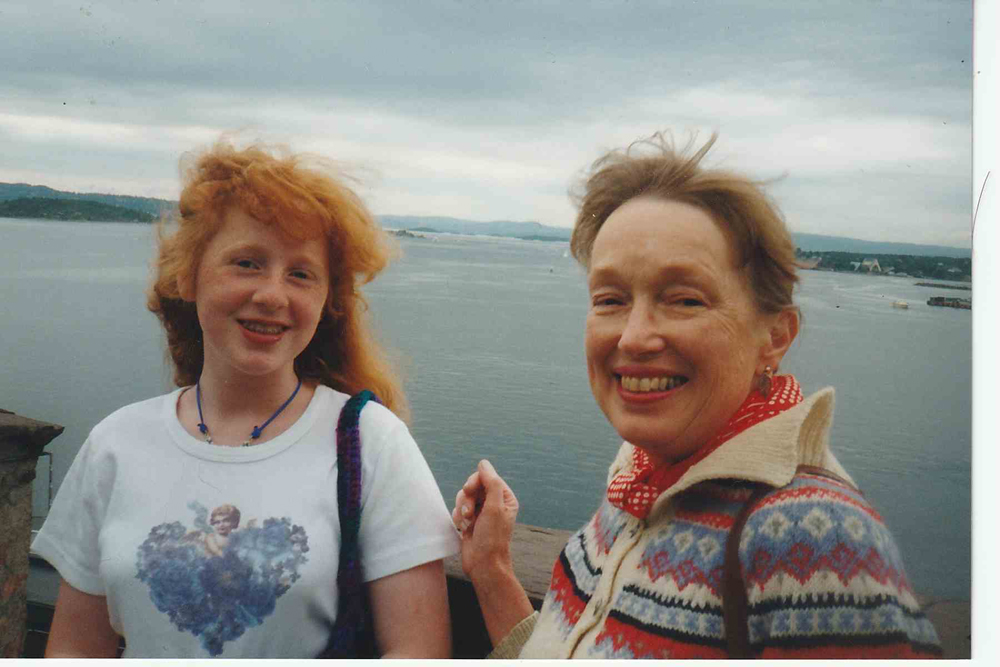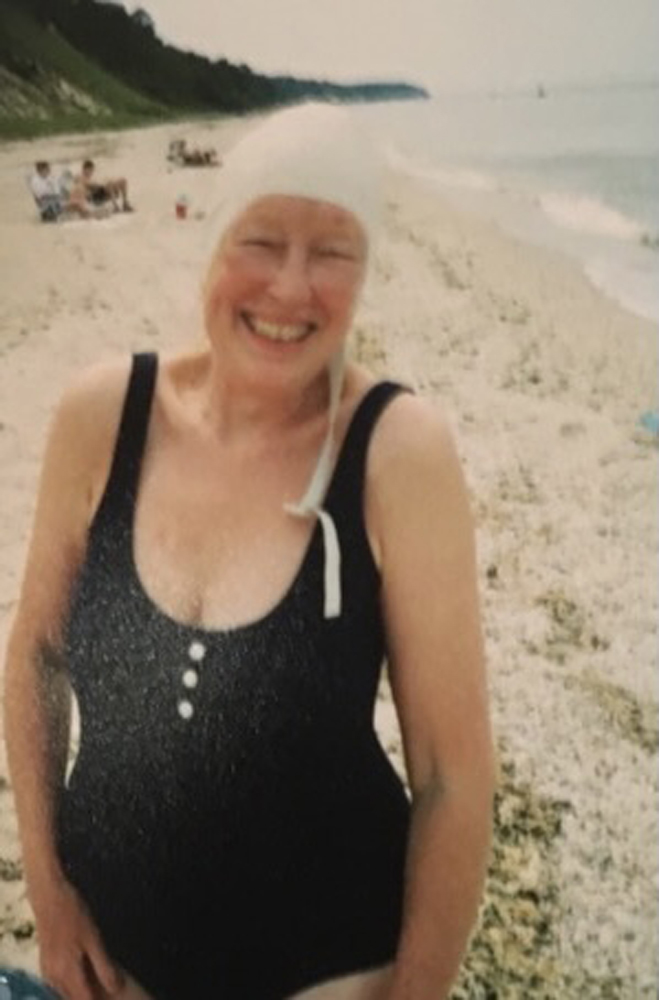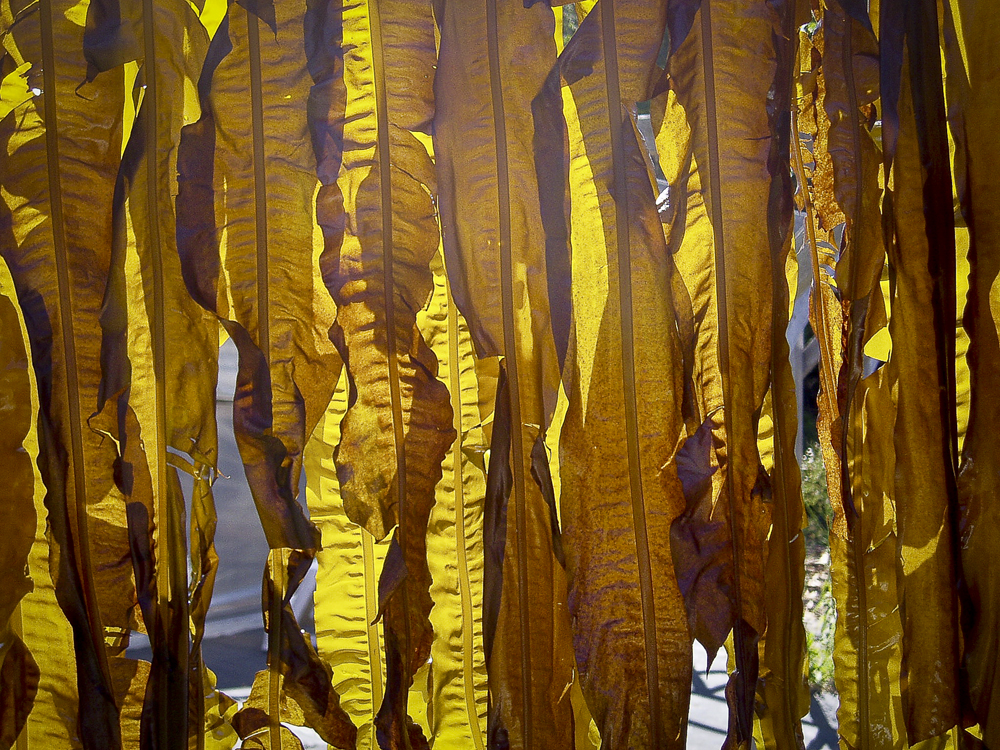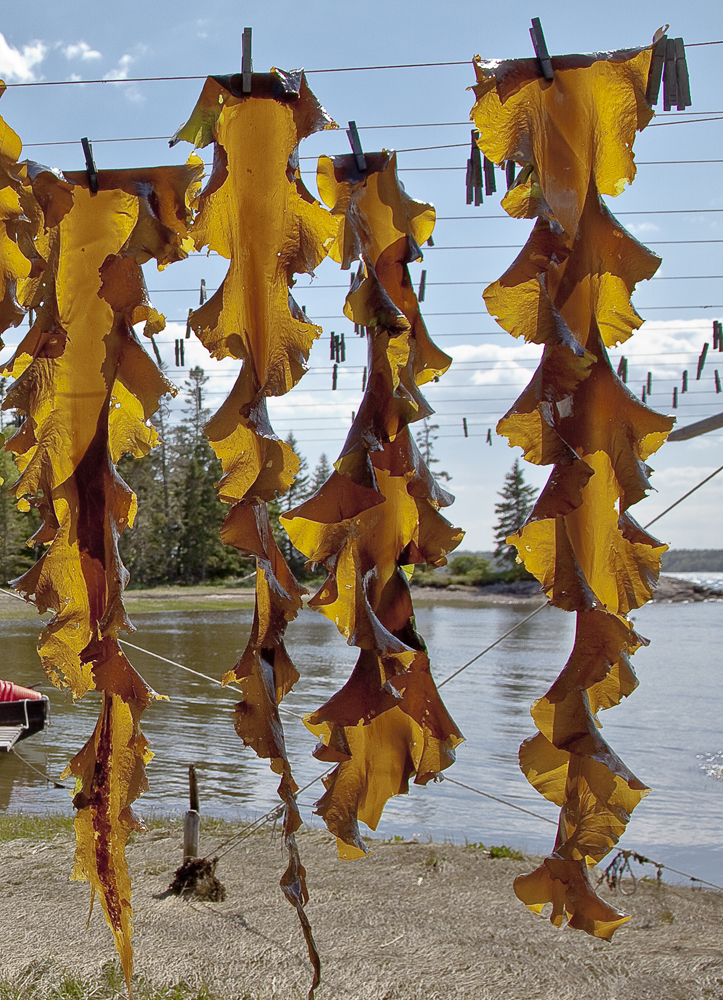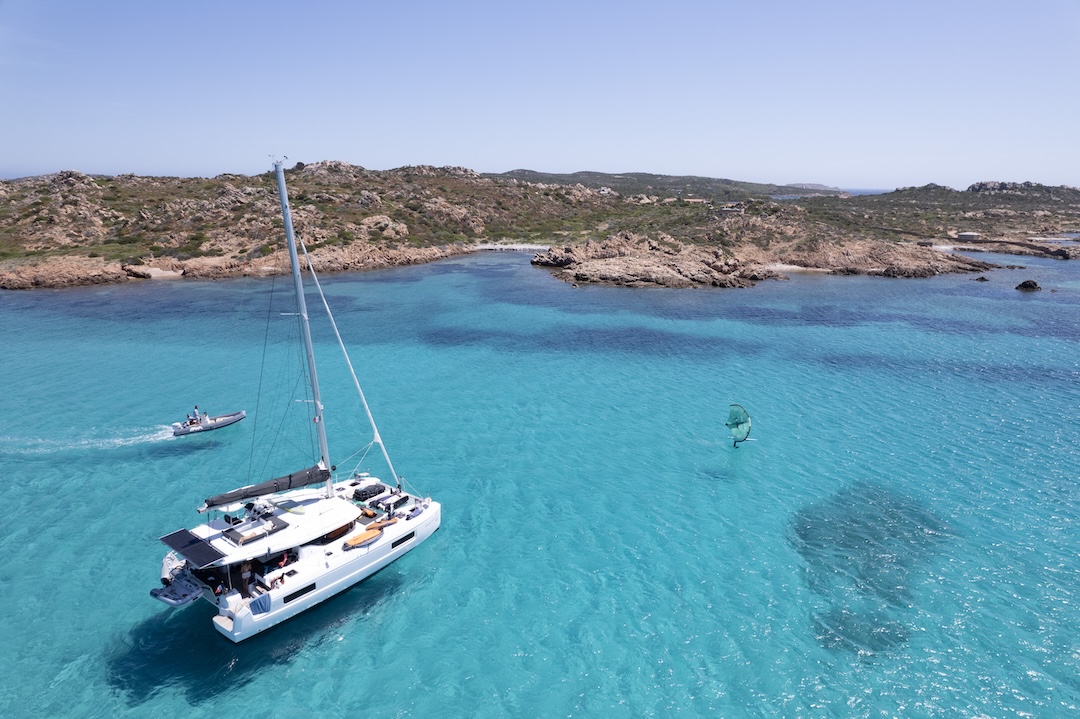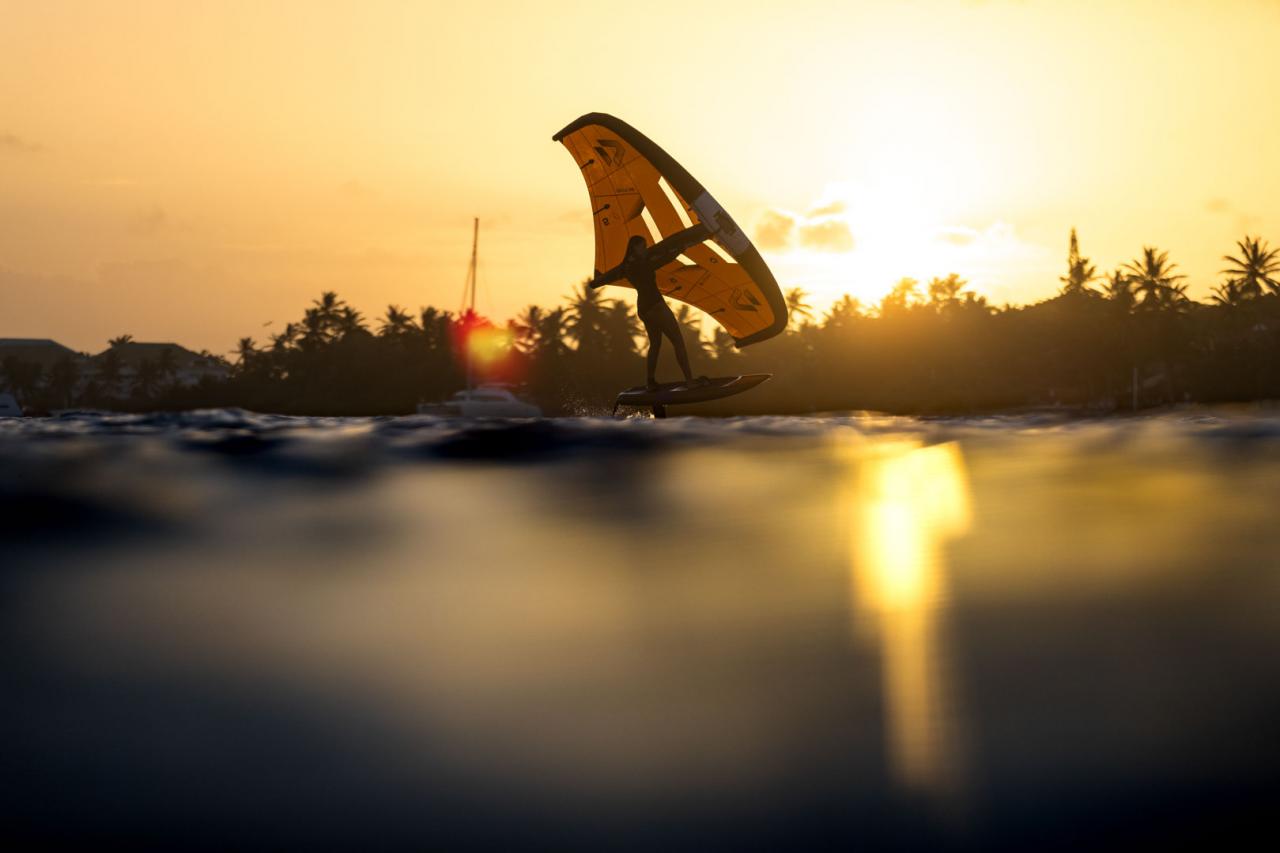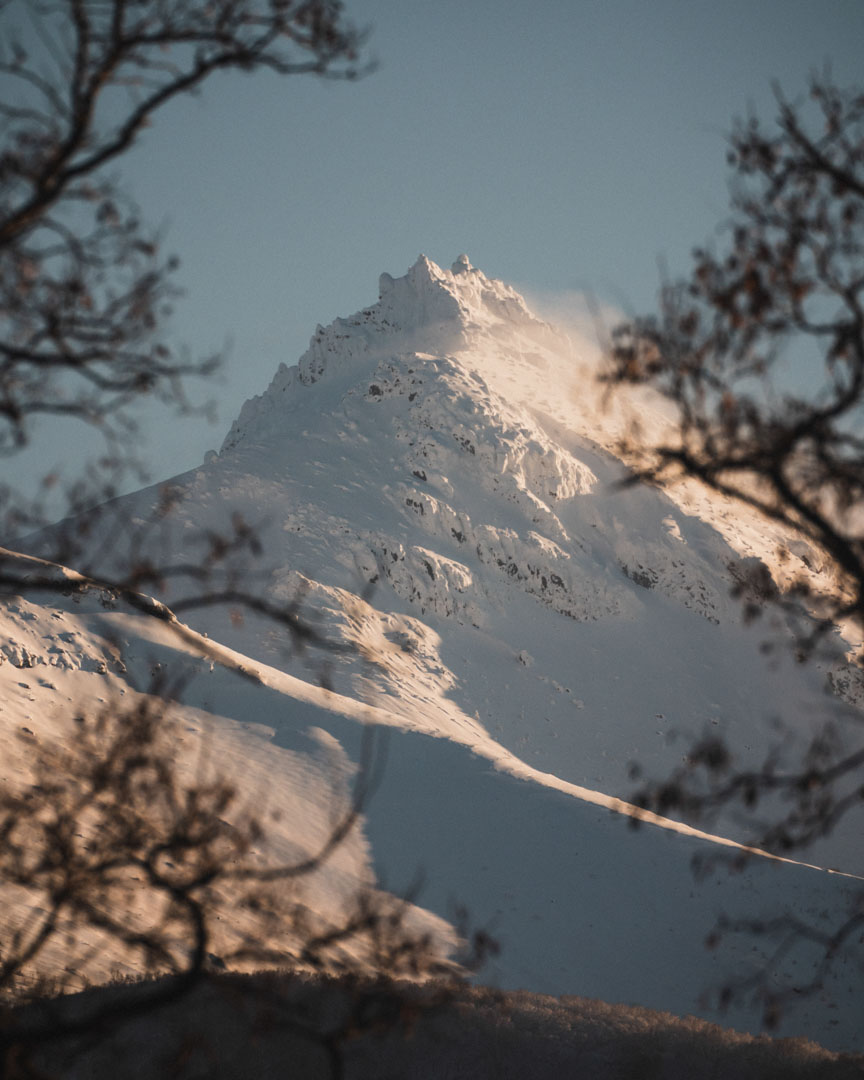My friend and I splashed into the water, tossing up froth and shimmering droplets. Navigating around bushy, pea green seaweed, we guffawed and gasped, the water a bracing bliss as we splashed in by quick degrees — thighs, bellies, breasts, backs, shoulders, under! As our daughters scattered across the sand, picking spindly hermit crabs from tide pools, we slid into the cool, salty sea like selkies in the late-day heat, immersing in a baptism of sorts. Our laughter shook ripples on the surface, or maybe it was our daughters, splashing in after us, magnetized to the giddy energy of two women addicted to salt, surrendering to this simple, seasonal pleasure.
It's a rarity to find someone who embraces ocean water the way I do, who dives in moments after her toes touch the tide (50 degrees? who cares!), someone whose craving to be cradled by the sea holds more sway over her actions than the goosebumps prickling her skin. We sighed and laughed about how vital it seemed to always get in, to model to our daughters an embodied and exuberant way of being. I know how essential this transmission of water-loving can be because I myself was a recipient of another's teaching.
Something, someone, in the biggest, brightest sense of the word encouraged me during that seaside sit. It’s going to be okay, it whispered. The tides are constant, in and out. Breathe like them. It’s okay.
My grandmother, Mo for short, (Lillian Vigmostad Brambora for long), swam in short bursts daily rather than hitting the beach once a month with a caravan of equipment. Growing up on the East End of Long Island, New York, my sister, mother, and I would join Mo for daily summer jaunts to the Sound with only a few scrubby towels and two squeeze-twisted tubes of sunscreen. These playdates with the sea launched my lifelong need to jump into bodies of water with abandon and to live less than a mile from salt air.
Mo’s effervescent approach to swimming in the sea stemmed from her natural ebullience, and fed it. Her health held strong until Alzheimer’s overcame her in her early 80’s, and her beauty — a radiance from within that mirrored a gentle fitness wrought in the garden and walking the neighborhood with my grandfather — remained until her death. I recall visiting her at the nursing home with my second baby, weeks before she passed. Though she spoke in whispers that I only half understood, her skin glowed translucent and she sighed with certain joy. Same as always.
When my husband and I were contemplating where in the Northeast to move to from Portland, Oregon (this was 2017, before the world caught fire, literally and figuratively), I discovered Larch Hanson while googling the state of Maine. If you’re looking for more proof than mere anecdotes that a life lived near and in the sea scrubs a shine into the personality and physical heartiness in a person, look no further than Larch Hanson. The 76-year-old is an auto body worker and founder of Maine Seaweed, a family-owned company that harvests, prepares, and sells fresh seaweed from coastal Maine. Hanson mentors those who wish to learn more about the ocean and its vegetables by inviting them to help with the seaweed harvest each spring. While we have yet to participate, the idea of immersing ourselves in the ocean to pluck her generous leaves, dry them, hang them, and connect with someone so attuned to the water checked several boxes on our move-to-Maine list.
Hanson says, “Our bodies enclose an ocean, a bloodstream. A well-mineralized bloodstream has good, nonspecific immunity, and nonspecific immunity is 90% of human immunity. I just don't get sick, and I tend to be awake 18-20 hours per day.” Hanson’s perspective on the bloodstream-as-ocean conveys an essential understanding. If an “as within, so without” argument rings true, then Hanson’s meaning runs deeper than merely the human reliance on saltwater for food and recreation.
“Not only is blood mostly water, but the watery portion of blood, the plasma, has a concentration of salt and other ions that is remarkably similar to sea water” (Angier). So states New York Times journalist Natalie Angier, whose research reminds us that, whether or not we humans evolved from fish, life on earth relies heavily on the biomes contained in her oceans; biomes which, lest we doubt their importance, are mirrored inside our own bodies.
Hanson's lifestyle and approach to our own internal ocean confirms my experience. I have consistently found quick and sustained physical healing in seawater. Have a cut or skin rash? I swim and the angry redness disappears. Catching colds? I plunge in when the fever dissipates. Her foam enlivens, and the salt buoys both my immunity and my spirit.
How much is an affinity for the sea genetic? We can go back again to my grandmother Mo, whose own mother, Hildegard, was also a lover of beaches and good salt on the skin. She was born and raised in Mandal, Norway, a southern coastal town known for its beaches, salmon fishing, artists, shipping, and paraffin oil. Just outside of town lie bogs and pine forests, havens of natural wonder scented with juniper. While my only memory of Hildegard (or Gemy, as she was affectionately nicknamed by the time I knew her), is of fetching her gray rubber cane from door handles and presenting it to her while she laughed with Mo on a brown suede couch, I also know through Mo’s account and endless pictures that Gemy’s was an enthusiastic self. Mo recalls her traveling by train from Astoria, New York, to Eastern Long Island, getting off with her arms laden with boxes of sponge cakes, a dessert that in and of itself embodies ebullience. She lived to laugh, loved her sweet but serious husband Oystein, relished the beach, and doted on her children. I imagine her as a child in Mandal, picking over rocks and heather to take refuge in hidden coves where the water lapped at her ankles, salmon leapt ripples into the sea, and breezes blew cool and fresh. A soul is built of such things.
Did the salt air that played through Gemy’s hair in Mandal infuse her genetic coils, which would later meet her husband’s in Astoria, New York, and shape the traits and preferences of her three children? My grandmother, the eldest of these, spent her childhood accompanying her family to Rocky Point, a jaunty coastal town on Eastern Long Island, nestling into seaside bungalows at night and running amid soaked rocks coated with barnacles by day. “They covered my legs with blood. Terrible!” she used to say with a brash excitement at our beach in neighboring Shoreham where she and my grandfather settled in their thirties. She was, of course, right. Barnacles, a natural barrier to young climbers with smooth, sunscreen-slicked skin, do indeed cause abrasions, cuts you can’t feel until you see the bright, meandering red streaks of blood, audacious and reactive. I never did mind them, though, and ascended each rock, ruddy and accomplished, Mo grinning at me from the sand.
Saltwater, either harvested from the sea or created by using H2O and high mineral-content salt, has widespread applications in alternative medicine. Practices range from drinking salted water to washing hands with it after applying Reiki energy to a client’s body. Jonathan Scott, Founder of Right Here Wellness, a holistic healthcare business that brings treatments to corporate and underserved clients in Maine, agrees.
“In terms of energetics, salt has valuable, time-honored functions. It can be used to help ‘ground’ a person by soaking in it (especially the feet) and by drinking a very low concentration of salt water when one is feeling overwhelmed or ungrounded. In the therapeutic setting, salt is often used as a medium to clear away energies, especially negative or ‘sticky’ energies that may have been transferred or left behind when someone has released unnecessary holdings during a treatment.” Scott, whose holistic approach includes massage, acupuncture, energy work, and craniosacral therapy, approaches the use of salt water from a similar vantage as Hanson: it's good for us because it is a part of us.
“Salt . . . is a basic building-block of nature, and is readily found everywhere. It’s almost as if its crystalline structures are the substantive bits of ‘knowledge’ and ‘memory’ which form the building blocks of life that are crucial to creation and function on this planet, and likely beyond.” he says. Following this logic, bathing in ocean water brings us more of us — more of our native biology, more equilibrium, more peace, more vitality.
In a 2018 study on the effects of negative ions on human health and air quality, researchers discovered beneficial effects of serotonin regulation as a result of exposure to negative ions, and their ability to remove particulate matter from breathable air (Jiang 2018). Could this explain the stunning high that accompanies running, walking the dog, or sipping coffee with one’s face to a brisk, salty breeze? Can it be the source of that won’t-quit freshness that tunnels inside us, scoops out stressors, and recycles them into the vast, breathable beyond? While further study has yet to prove without a doubt that salt air and seawater heal, we who have experienced it know.
After my first breakup, I benefited from an emotional water healing. Sixteen and in love, I’d called it quits for my own good, and took the grief tearing at my insides to the beach. Walking down to the Long Island Sound, I burrowed into the sand, running curlicues around small pebbles with my fingers. The salt air bathed and revitalized my exhausted, broken-hearted teenage self, and as I watched the tone-on-tone grays — blue gray in the water, white-gray in the sky, salt and pepper mist hovering over the slate stones — a confidence emerged. Something, someone, in the biggest, brightest sense of the word encouraged me during that seaside sit. It’s going to be okay, it whispered. The tides are constant, in and out. Breathe like them. It’s okay.
Multi-award-winning documentary filmmaker Grant Thompson knows something about element-as-deity. More than a concept, it’s how he chooses to interact with the violent and generous wave that he’s filmed for the last two years at Mavericks, California, sometimes swimming, sometimes surfing.
“There’s a mythical element to big waves. They’re alive. There’s this element that’s really primitive. If you offend this goddess, this deity, it will offend you,” he tells us.
While Grant spent some of his childhood in Hawaii bonding with the water, this film project at Mavericks was one of many experiences that deepened his connection to the sea. “That place, that being, is so powerful, violent, serene, creative, all at the same time,” he says.
Grant also describes the beaches in his life as “aunties and grandmas,” and explains that for him, interacting with the ocean is akin to playing with his dog. “It’s the dance between two beings. I think it’s utterly beautiful.” While this dance can prove dangerous if one tries to control the other, the energy received in being able to “train your nervous system to be okay with that much water underneath you” manifests itself in inexplicably powerful ways. “How much energy [Mavericks] has given me is immeasurable,” Grant states, sighing in the manner of Mo before she plunged into an aquamarine wonderland for frothy, head-down laps. “Delicious” she’d say, toweling her hair and sighing, “Uff. Delicious.”
Fascination with the sea is catching, with good reason. She gathers us in, delights us, refreshes us, and sends us back to heal, to teach, to write, to film, to be our authentic selves. Her tides remind us that change will come, that yes, the challenges we encounter have the power to wear us down, like waves smoothing rocks to stones, all the while softening our ragged edges into something new, unanticipated, even beautiful. Saltwater teaches as she heals, even while she delights. I can think of no better way to immerse in these lessons than the literal: get in.
Works Cited
Angier, Natalie. “The Wonders of Blood.” The New York Times, 20 October 2008, https://www.nytimes.com/2008/10/21/science/21angi.html. Accessed 3 January 2022.
Jiang, Shu-Ye et al. “Negative Air Ions and Their Effects on Human Health and Air Quality Improvement.” International journal of molecular sciences vol. 19,10 2966. 28 Sep. 2018, doi:10.3390/ijms19102966

